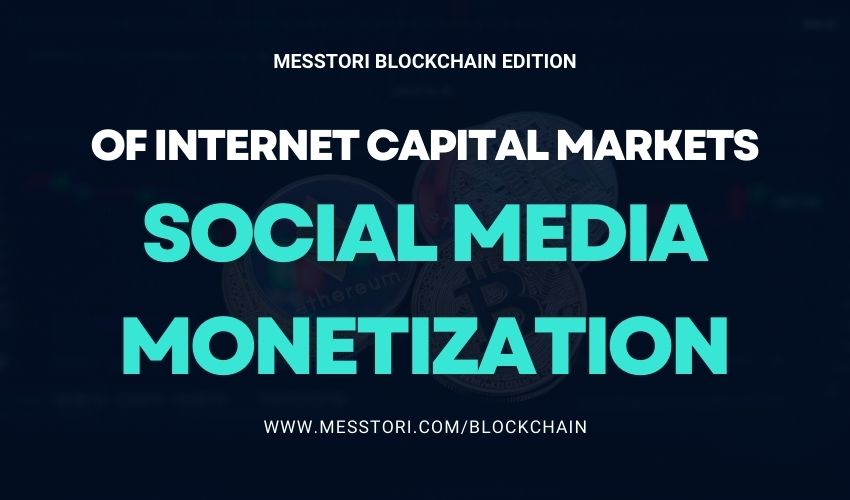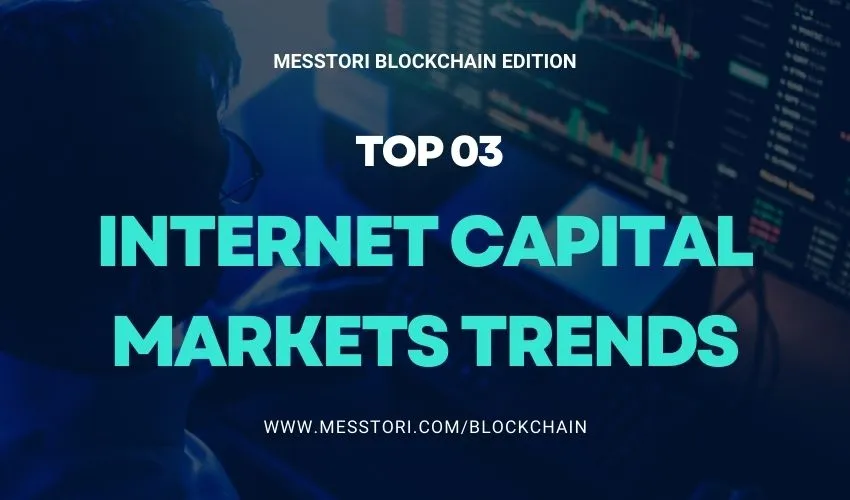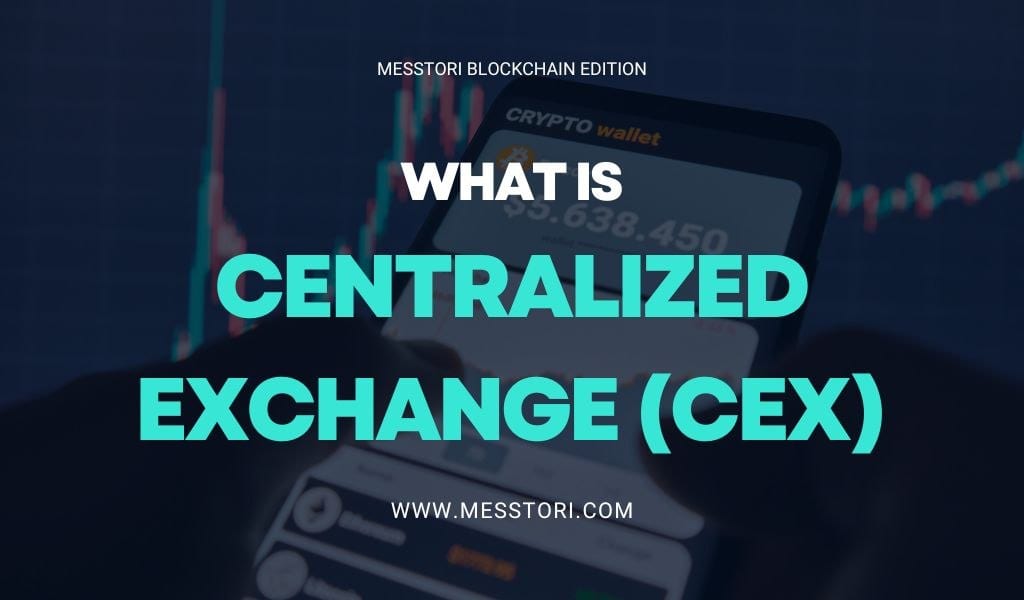The rise of Internet Capital Markets (ICM) is reshaping the way creators, investors, and communities interact with social media. In this new era, social media monetization goes beyond advertising revenue or sponsorships—followers and engagement now translate directly into real economic value through tokenization and blockchain technology.

What is Social Media Monetization in Internet Capital Markets?
Social media monetization in the context of ICM refers to the process where creators leverage blockchain-powered tokens to convert their social influence and content engagement into tangible financial assets. Unlike traditional platforms that rely on ads and intermediaries, ICM enables permissionless funding and community ownership through tokenized fundraising.
For example, platforms like Vine (VINE) and JellyJelly empower users to earn tokens based on their content’s popularity, tipping, and active participation. This model encourages deeper community engagement and gives creators a stake in the platform’s success.
Why Social Media Monetization Matters in ICM
The convergence of social media and ICM lowers the barriers for creators to fund and grow their projects. Tokenizing interactions means:
- Democratized Access: Anyone can contribute to a project’s growth by buying or earning tokens, not just wealthy investors.
- Increased Transparency: Blockchain’s public ledger records all transactions, reducing fraud and enhancing trust.
- Community-Driven Growth: Token holders become stakeholders who can influence platform decisions via governance tokens.
- New Revenue Streams: Beyond traditional ads, creators monetize through NFTs, exclusive content tokens, and social tokens.
How Does Social Media Monetization Work?
Social media monetization in ICM typically involves these steps:
- Token Issuance: Creators or platforms launch tokens representing value or utility within their ecosystem.
- User Engagement: Followers earn or purchase tokens by liking, sharing, creating, or tipping content.
- Token Utility: Tokens may grant access to premium features, voting rights, or can be traded on exchanges.
- Liquidity: Secondary markets enable token trading, offering real-time valuation and cash-out options.
This model incentivizes active participation and aligns creators’ incentives with their community.
Leading Platforms Pioneering Social Media Monetization
- Vine (VINE): A revival of the classic short-video platform launched on Solana, allowing creators to fund projects through token sales and community support.
- JellyJelly: A social video chat app combined with a meme coin, enabling users to monetize viral content and receive direct token-based tips.
These platforms illustrate how tokenization reshapes social media into interactive, economically rewarding ecosystems.
Benefits and Challenges
Benefits
- Empowers creators with direct funding access.
- Builds loyal, incentivized communities.
- Offers transparent and secure monetization methods.
- Enables innovative uses of NFTs and social tokens.
Challenges
- Regulatory uncertainty remains a key hurdle worldwide.
- Technical knowledge barriers for mainstream adoption.
- Market volatility can affect token value and user trust.
- Platform sustainability depends on genuine value creation, not just speculation.
| Key Point | Description |
|---|---|
| Democratized Funding | Social media monetization in ICM allows creators worldwide to access capital via tokenized fundraising without gatekeepers. |
| Tokenized Engagement | Followers earn tokens through interactions such as likes, shares, and tips, converting social activity into real value. |
| Platform Examples | Platforms like Vine (VINE) and JellyJelly demonstrate how token economies empower creators and communities. |
| Transparency & Trust | Blockchain-based ledgers ensure open, verifiable transactions, reducing fraud and increasing user confidence. |
| Future Trends | Integration with AI, NFTs, and the metaverse will further evolve social media monetization models in Internet Capital Markets. |
The Future of Social Media Monetization in Internet Capital Markets
As Web3, DeFi, and metaverse technologies evolve, social media monetization will expand beyond traditional formats. Expect deeper AI integration for personalized content and smarter token distribution. The rise of virtual worlds and NFTs will further blur lines between social engagement and economic participation.
Brands like Messtori Blockchain play a crucial role in educating and building infrastructure for this future, enabling creators and communities to thrive in decentralized economies.
Frequently Asked Questions about Internet Capital Markets
- Top 14 CMO Skills to Master for Marketing Success
- What is Liquid Democracy? A New Model for Agile Decision-Making in DAOs
- Types of Crypto Exchanges: A Complete Guide to CEX, DEX, Hybrid, and P2P Platforms
- Forex Expo Dubai: The 8th Edition of the World’s Largest In-Person Forex Gathering Returns This October
- Top 10 Crypto Marketing Agency has the highest performance








